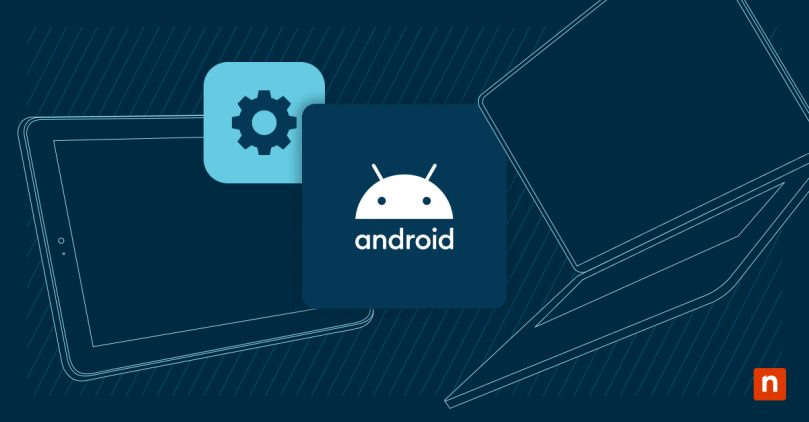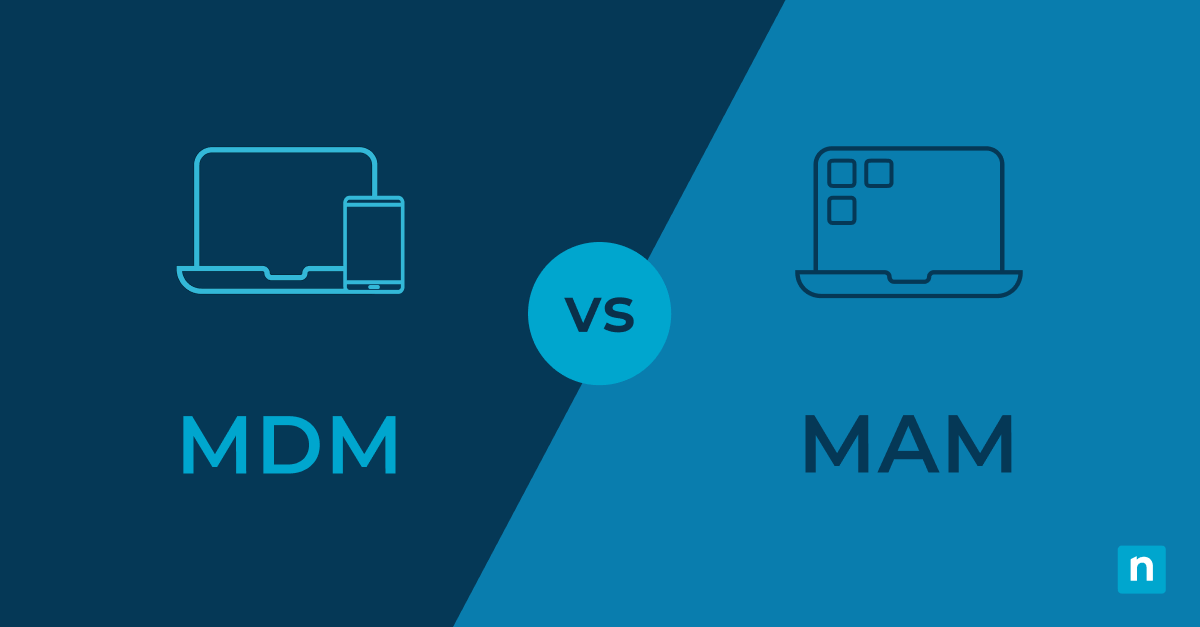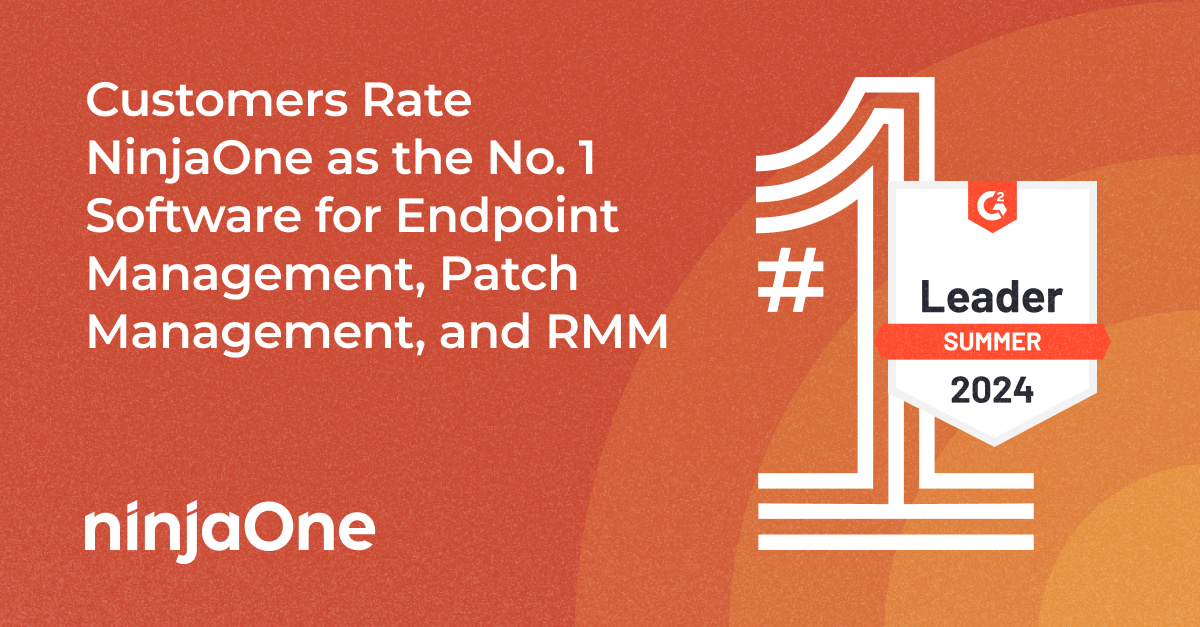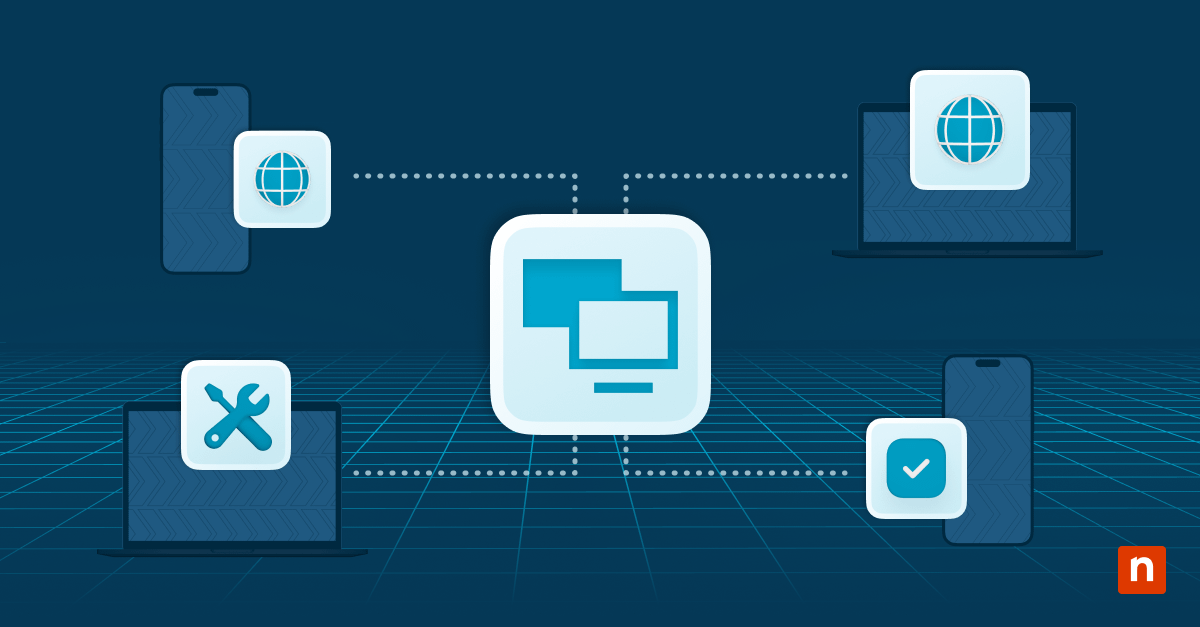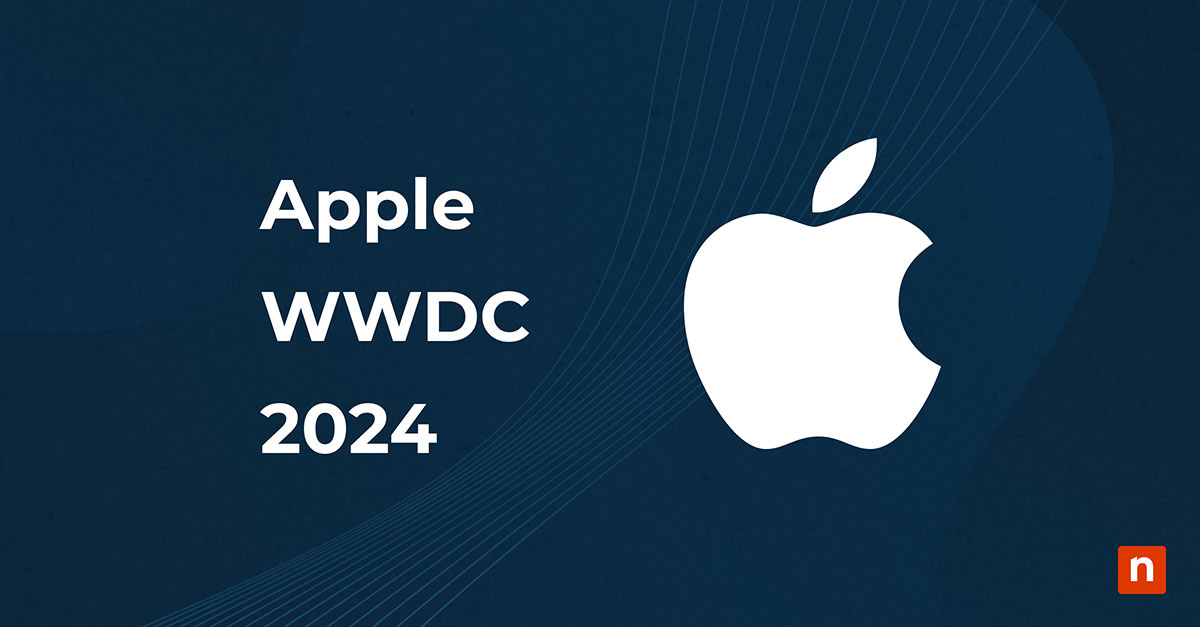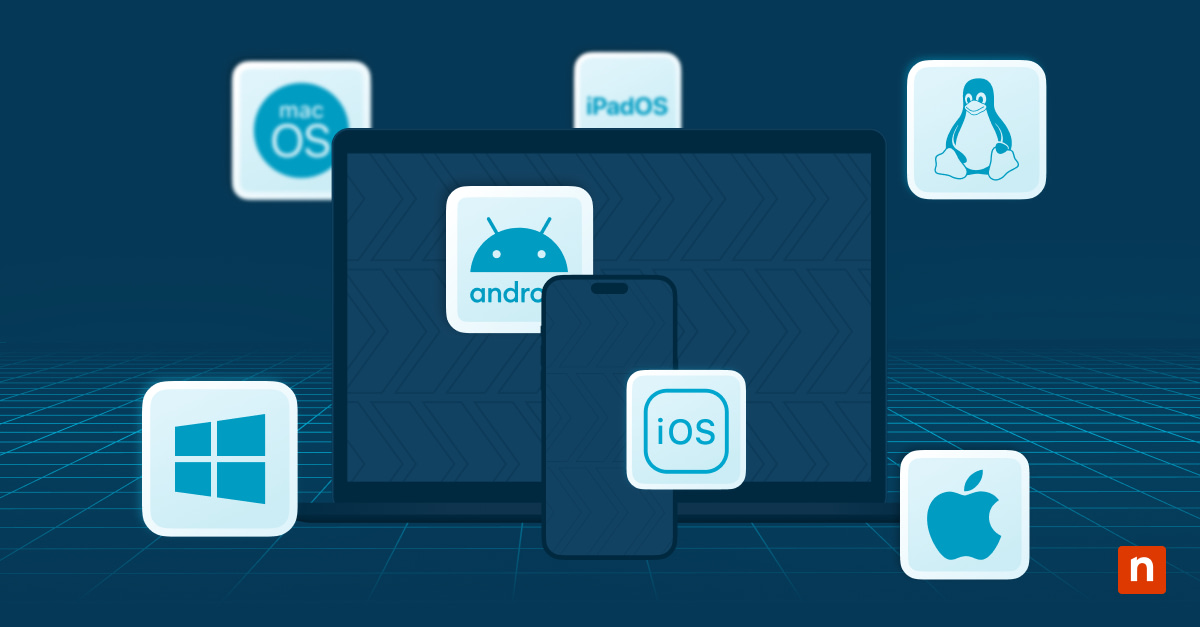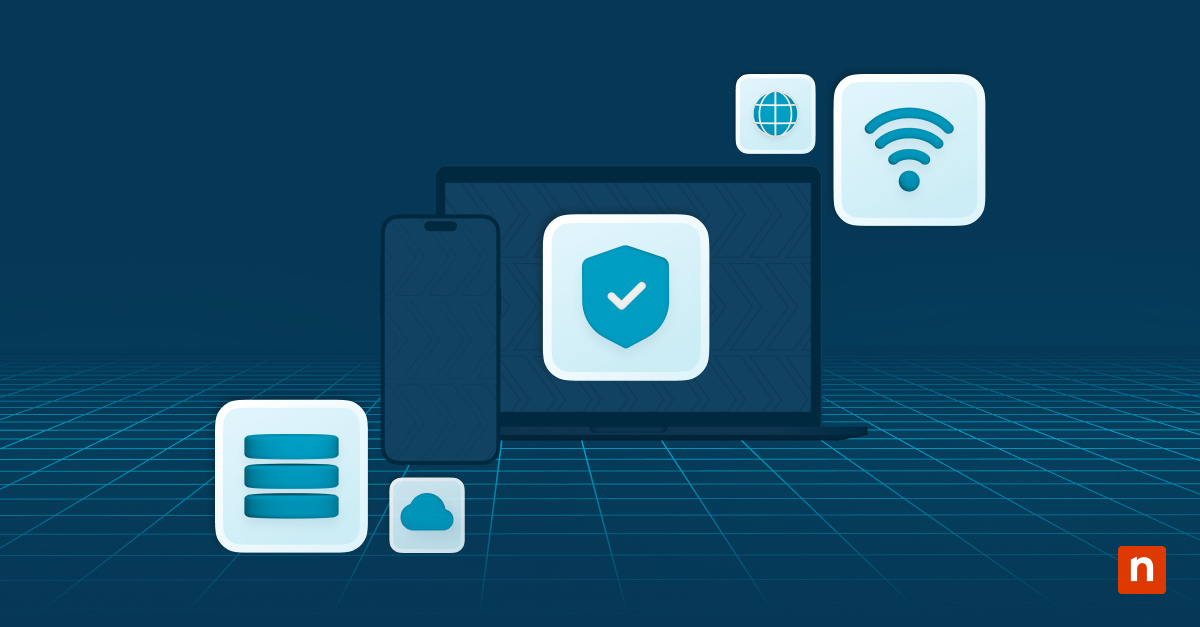Mobile device management (MDM) is software that enables organizations to support, automate, control, and secure mobile devices that are connected to the workplace and that have access to organizational data.
MDM software is needed for each type of operating system because they all function a little differently from one another. Android MDM is software designed specifically for mobile devices that run the Android operating system (OS).
What is Android MDM used for?
Android MDM is used to remotely access, manage, and implement security protocols on Android mobile devices. It gives IT admins the ability to manage applications and configurations, monitor device security and traffic usage of apps, and secure company data. Android MDM is an essential component for enforcing policies, increasing compliance, and protecting company data.
What is Android Enterprise?
Android Enterprise is a Google program that provides APIs and other IT tools to integrate Android into enterprise mobility management (EMM) solutions. It contains a variety of management and security features that developers use for Android devices that enable better management of Android devices within an organization.
EMM is a tool that has slightly different capabilities than MDM, but both are ultimately working toward better management of mobile devices. EEM then evolved into unified endpoint management (UEM), which marries the management of traditional endpoints such as laptops, desktops, virtual machines (VMs), and mobile devices such as tablets and phones.
Main functions/features of Android MDM
Android MDM contains multiple key functions and features, including:
Device enrollment
The first step of effective MDM is enrolling mobile devices in the MDM software. Android MDM typically provides multiple enrollment options, whether manually, sending an enrollment message through email or text message, using QR codes, or utilizing zero-touch enrollment (available with Android Enterprise). Near field communication (NFC), another enrollment method, can also be used for bulk enrollment of Android devices. The specific enrollment options available depend on what your Android MDM solution can support.
Device management
Android MDM enables IT admins to manage Android devices in the workplace effectively. One component within device management includes configuration management, to ensure that all mobile device systems are set up correctly. Application management within the Android MDM software also gives your organization the power to control when apps are deployed, secured, and updated.
Work profiles can also be created, which keep business data and personal data separate on a single device. This partition allows personal information to remain private and work data to be securely separated.
Compliance with regulations
User compliance with mobile devices is difficult, if not impossible, to enforce without an MDM solution. Through the MDM software, you can implement organizational policies to make certain that your business’s IT environment is compliant with your industry’s regulations. Android MDM software can also generate reports on the device overall or on specific requirements to prove compliance.
Security
The security of a business’s IT environment is a top concern, and Android MDM gives IT teams the software tools needed to secure devices and protect the data on those devices. MDM security policies also provide information for users to know how to secure their mobile devices, and Android MDM software helps to enforce those security policies. Creating an MDM strategy will allow you to effectively use the MDM solution to protect data and increase security.
Benefits of using Android MDM
Device visibility
Any device that is enrolled is supported and controlled in your Android MDM software can be seen in the MDM platform. Information from the device is sent to the MDM platform, which gives you the necessary information to take action for protecting mobile devices in your organization and your organization’s data. The increased device visibility that is offered through Android MDM ultimately gives greater control over devices, and you can rest assured that your IT environment is well-protected.
IT efficiency
Android MDM offers IT administrators a centralized platform for managing Android mobile devices. From this single platform, they can monitor mobile devices, enforce policies, set configurations, and deploy applications to multiple Android devices without the need to manually manage each device.
Privacy and work data
Android MDM maintains a separation of work data and applications from personal data using work profiles and containerization, which is the segregation of personal and corporate data using a logical container. This container helps to increase corporate security and management capabilities and ensure that user privacy is maintained.
Scalability
Android MDM solutions are designed to scale with your organization. Using the MDM solution, you can manage large groups of devices or distribute applications to all designated devices. It also offers a way to manage the devices in your business more granularly as your business grows.
Is Mobile Device Management only for Android Devices?
Android MDM helps organizations effectively manage mobile devices that have an Android OS. However, different mobile devices can run on other types of systems, which is why other types of MDM software such as Windows MDM and Apple MDM have been created.
If your organization’s IT environment contains multiple types of operating systems, finding a third-party vendor that provides MDM software is an effective solution. These types of MDM solutions enable you to support heterogeneous environments and device types.
Secure organizational data on Android mobile devices
MDM software is an increasingly essential component of effective device management in business environments. Android MDM software, in particular, is necessary for any mobile device running the Android OS. Along with Android mobile devices, there are multiple types of endpoints to manage within an IT environment.
Increasing device visibility and management is critical to protect your organization’s data, which is why RMM and MDM solutions that are used together can offer better management and protection. UEM, which allows you to manage all devices from a single pane of glass, is an ideal solution.
Learn more about NinjaOne Android MDM Software or sign up for a free MDM trial.

